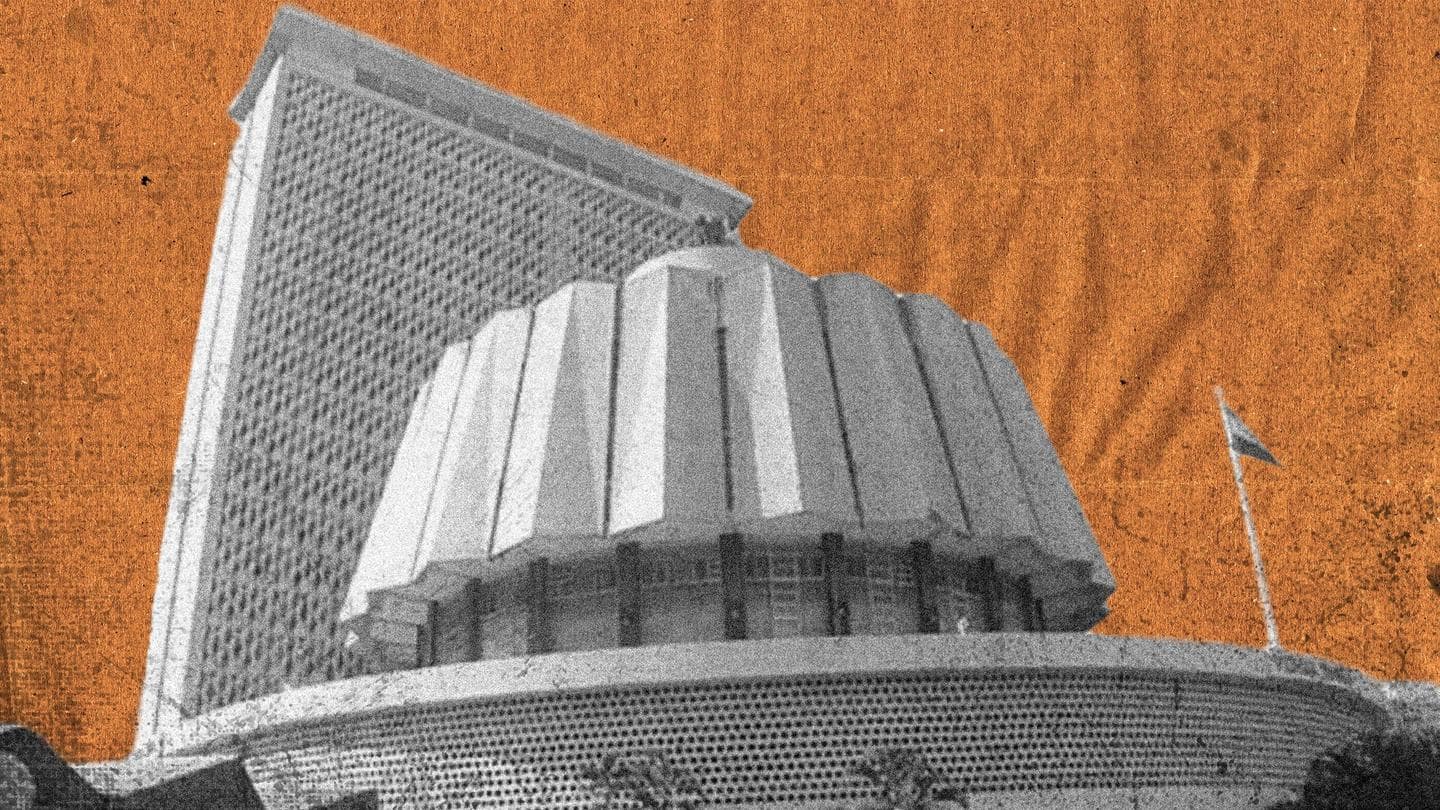
#NewsBytesExplainer: Amid the Maharashtra political crisis, know about floor test
What's the story
Amid the political impasse in Maharashtra, Governor Bhagat Singh Koshyari had asked the Uddhav Thackeray-led government to prove his majority on the floor of the House on Thursday.
The Sena camp had moved the Supreme Court against the governor's order.
However, the SC refused to stay the scheduled floor test.
Now, with Thackeray's resignation, the floor test stands null and void.
Majority
What is a floor test?
A floor test is primarily taken to demonstrate if the government still enjoys the confidence of the legislature on the floor of the Legislative Assembly.
This can happen in both Parliament and the State Legislative Assemblies.
The party that secures the majority of the seats in the House forms the government.
If any party questions the majority, it has to move a no-confidence motion.
Council of Ministers
Proving majority in the House
The party or faction that moves the no-confidence motion has to prove a majority among those present and voting.
Meanwhile, the chief minister has to resign if the party, that formed the government, fails to prove its majority in the House.
The Constitution commands that the Council of Ministers must have the confidence of the legislature that was elected by the people.
Counting
How is voting done?
Voting in the floor test can be conducted by either a voice vote or electronic voting. In the voice vote, MLAs respond to the motion verbally, while in electronic voting, the members cast votes by pressing a button.
The numbers for each side are displayed on a board. If there is a physical division of votes, members can cast votes in a ballot box.
Information
Governor has residuary powers under Article 163
When the House is in session, it is the speaker who can call for a floor test. But when the Assembly is not in session, the governor's residuary powers under Article 163 allow him to call for a floor test.
Magic number
Strength of Maharashtra Legislative Assembly
There are 55 Shiv Sena MLAs in the Maharashtra Legislative Assembly and the Shinde camp claims to have 39 odd members. With this, it has reached the two-thirds number (37).
The strength of the Assembly is 287 and the halfway mark is 144.
Only 16 MLAs support Thackeray, while the NCP has 53, and the Congress has 44 taking the MVA tally to 113.
Data
What do the numbers say?
The BJP has 106 MLAs and with the support of smaller parties and independents, the strength goes up to 114.
Now with 10 more independents supporting the Shinde camp and 10 others inclined toward the BJP, the chances of the saffron party become stronger.
These 29 independent MLAs are important for both Thackeray and the BJP.